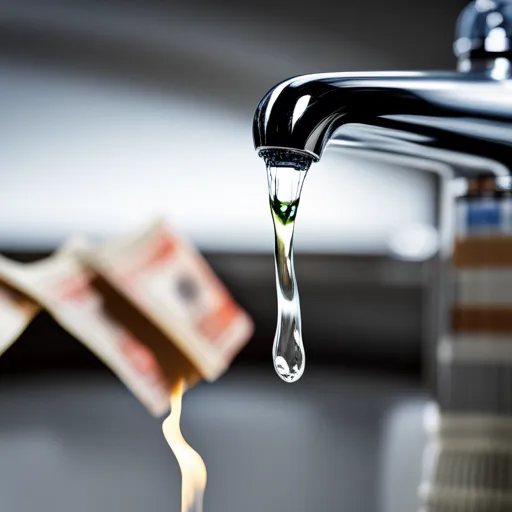
Water is a vital resource, and its cost in the UK has seen a significant surge over the past few years. This rise in water costs has been a concern for both households and businesses. However, with the right knowledge and strategies, it is possible to navigate these increasing costs effectively. This article provides an in-depth look at the current state of water costs and explores practical measures and innovative technologies that can assist in reducing these expenses.
Understanding the Rising Water Costs in the UK
Water companies in the UK have recently confirmed a £10 billion investment to tackle the issue of massive sewage overflows into rivers and the sea. This investment is part of efforts to reduce pollution and improve the quality of water services. However, a fraction of this cost is expected to come from consumers through increased water bills.
The exact level of this increase is yet to be confirmed, but it has already sparked concerns among consumers, who feel they are being charged twice for services their water bills should already cover. Furthermore, commercial water costs have also been on the rise, making the reduction of water costs a priority for business leaders.
The Impact of Rising Water Costs
The rising water costs impact households and businesses significantly. For households, an increase in water bills means an added financial burden, especially for those already struggling to afford their bills. For businesses, water is a critical resource, and any increase in its cost can have a significant impact on operational costs.
In the face of these challenges, businesses and households alike must explore strategies to cut down their water bills. By reducing water consumption and making use of innovations in water management technology, it is possible to achieve considerable savings.
Strategies for Reducing Household Water Costs
Households can employ several strategies to reduce their water bills. One effective method is obtaining water bill discounts. These discounts are dependent on factors such as water usage and the specific water company providing the service.
However, these discounts can only be obtained if:
- Your house is not connected to the public sewer
- You can prove that water from your property does not enter a public sewer
Another strategy households can employ is the use of water meters. A water meter can potentially render your bills cheaper, especially if your household does not use much water. The Consumer Council for Water (CCW) provides a free water meter calculator which estimates potential savings with a water meter.
Finally, simple everyday habits can also contribute to saving water. These include reducing shower time, not leaving the tap running when brushing your teeth, and only boiling the exact amount of water needed.
Innovations in Water Management Technology
In addition to these strategies, households and businesses can also leverage innovative water management technology to reduce their water costs. One such innovation is the SMART FLOW technology. This technology uses Artificial Intelligence to manage water consumption effectively, eliminate water leakage, and reduce errors and excess usage.
The SMART FLOW technology also offers real-time monitoring of water usage and instant alerts via mobile. This feature allows for early detection of leaks, thereby preventing water wastage and reducing water costs.
The WonderValve: A Solution for Water Savings
In the quest to reduce water costs, one innovative solution stands out – the WonderValve. This UK-designed and patented product offers total control over your water supply. It comes with a pre-loaded filter cartridge that regulates water to a specific flow rate. By reducing water pressure to a uniform level, the WonderValve is able to decrease the amount of water used without affecting the user experience.
Moreover, the WonderValve also has a significant impact on electricity bills. By saving and using less heated water, electricity costs can be reduced by over 50%. With over 2 million units sold, the WonderValve effectively combines water flow control and water restriction, making it a valuable tool for reducing water and energy costs.
Conclusion
The rising water costs in the UK pose a significant challenge for households and businesses. However, through effective strategies and the use of innovative technology, it is possible to reduce these costs and manage water consumption efficiently. These measures not only result in financial savings but also contribute to environmental conservation.
By understanding the current state of water costs, employing cost reduction strategies, and leveraging innovative technology like the SMART FLOW and WonderValve, households and businesses can successfully navigate the rising water costs in the UK.